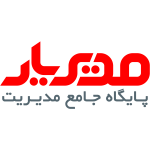INTRODUCTION.
Knowing how and why to motivate employees is an important managerial skill.
THE NATURE OF MOTIVATION IN ORGANISATIONS.
Motivation is the set of forces that cause people to choose certain behaviors from among the many alternatives open to them.
Motivation And Performance In Organizations.
An employee’s performance typically is influenced by motivation, ability, and the work environment. Some deficiencies can be addressed by providing training or altering the environment, motivation problems are not as easily addressed.
Motivation is important because of its significance as a determinant of performance and its intangible nature.
HISTORICAL VIEWS OF MOTIVATION.
Evolution can be traced from scientific management, through the human relations movement, to the human resource approach.
Scientific management:
The assumptions of scientific management were that work is inherently unpleasant for most people and the money they earn is more important to employees than is the nature of the job they are performing.
Human relations movement:
This school of thought emphasized the role of social processes in organizations and assumed that the need for belongingness and the need to feel useful are more important than money in motivating employees.
Human resource approach:
This view assumes that people want to contribute to organizational effectiveness and are able to make genuine contributions. The organization’s responsibility is to create a work environment that makes full use of available human resources.
The human resource approach guides most thinking about motivation today, but three integrative approaches conceptualize motivation more completely: need-based, process-based, and reinforcement-based approaches.
NEED-BASED APPROACHES TO MOTIVATION.
Two need-based approaches are need hierarchies and the dual-structure approach.
Need Hierarchies
Two of the most popular need hierarchies are Abraham Maslow’s hierarchy and Clayton Alderfer’s ERG theory of motivation.
Maslow’s hierarchy of needs assumes that people are motivated to satisfy five levels of needs:
physiological,
security,
esteem, and
self-actualisation.
The hierarchical arrangement suggests that the five levels of needs are arranged in order of increasing importance, starting with physiological needs. According to the theory, when needs at one level are satisfied, they are no longer motivators and the individual “moves up” the hierarchy to satisfy needs at the next level. Maslow’s view of motivation provides a logical framework for categorizing needs, but it does not supply a complete picture.
Alderfer developed the ERG theory of motivation in response to criticisms of Maslow’s hierarchy.
ERG stands for existence, relatedness, and growth needs ERG theory. Existence needs are satisfied by food and water pay fringe benefits and working conditions. Relatedness needs are satisfied by relationships with co workers, superiors family and friends. Growth needs cover the need to advance and develop.
As with Maslow’s theory, assumes that motivated behavior follows a hierarchy, but it has two important differences:
+
ERG theory suggests that more than one level of needs can cause motivation at the same time;
+
ERG theory has a frustration-regression element that suggests that if needs remain unsatisfied at some high level, the individual will become frustrated, regress to a lower level, and begin to pursue lower-level needs agai
The Dual-Structure Approach To Motivation.
The dual-structure approach was developed by Frederick Herzberg and is often referred to as the two-factor theory.
Herzberg’s studies of accountants and engineers led him to suggest that entirely different sets of factors are associated with satisfaction and with dissatisfaction.
Motivation factors, relating to the job itself, result in feelings ranging from satisfaction to no satisfaction.
Hygiene factors, relating to the work environment, result in feelings ranging from dissatisfaction to no dissatisfaction.
Acquired Needs.
Other need-based perspectives on motivation focus on acquired needs: the needs for achievement, affiliation, and power. This approach is concerned not about the ordering of needs but rather about the needs themselves. David McCleland first identified the need for achievement, which reflects an individual’s desire to do something more effectively than in the past. The need for power is the desire to be influential in a group and to control one’s environment.
PROCESS-BASED APPROACHES TO MOTIVATION.
These approaches to motivation are concerned with how motivation takes place. They focus on why people choose certain behavioral options to fulfil their needs and how they evaluate their satisfaction after they have attained their goals. Two useful process-based approaches are expectancy theory and equity theory.
Expectancy Theory.
Expectancy theory suggests that motivation is based on how much we want something and how likely we think we are to get it.
The formal framework of expectancy theory was developed by Victor Vroom. This framework states basically that motivation plus effort leads to performance, which then leads to outcomes.
According to this theory, three conditions must be met for individuals to exhibit motivated behavior:
effort-to-performance expectancy must be greater than zero;
performance-to-outcome expectancy must also be greater than zero; and
the sum of the valances for all relevant outcomes must be greater than zero.
Effort-to-performance expectancy is the individual’s perception of the probability that effort will lead to high performance. This expectancy ranges from 0 to 1, with 1 being a strong belief that effort will lead to high performance.
Performance-to-outcome expectancy is the individual’s perception that performance will lead to a specific outcome. This expectancy ranges from 0 to 1. A high performance-to-outcome expectancy would be 1 or close to it.
Outcomes are consequences of behavior. An individual may experience a variety of outcomes in an organizational setting. Each outcome has an associated valance, which is an index of how much an individual desires a particular outcome. An outcome that an individual wants has a positive valance. An outcome that the individual does not want has a negative valance. When the individual is indifferent to the outcome, the valance is zero.
Porter and Lawler extended the basic expectancy model by suggesting that high performance may cause high satisfaction. When performance results in various extrinsic and intrinsic rewards, the individual evaluates the equity of these various rewards relative to the effort expended and the level of performance attained. The individual is satisfied if the rewards relative to the effort expended and the level of performance attained. The individual is satisfied if the rewards are felt to be fair.
Implications for managers:
Nadler and Lawler suggest how managers can apply the basic ideas of expectancy theory. Managers should first determine the outcomes each employee is likely to want. Then they should decide what kinds and levels of performance are needed to meet organizational goals, making sure that the desired levels of performance are attainable. Managers then need to ensure that desired outcomes and desired performance are linked. Finally, the rewards need to be large enough, and the total system needs to be equitable.
Equity Theory.
Equity theory, developed by J. Stacy Adams, suggests that once an individual has chosen an action that is expected to satisfy his or her needs, the individual assesses the equity or fairness of the outcome. Equity is an individual’s beliefs that he or she is being treated fairly relative to the treatment of others.
Three attitudes are possible: an individual may feel equitably rewarded, underrewarded, or overrewarded. When individuals feel underrewarded or overrewarded, they will do something to reduce the inequity. The single most important thing to remember about equity theory is that if rewards are to motivate employees, they must be perceived as being equitable and fair.
REINFORCEMENT-BASED APPROACHES TO MOTIVATION.
These approaches to motivation explain the role of rewards as they cause behavior to change or remain the same. Behavior that results in rewarding consequences is likely to be repeated. Expectancy theory and reinforcement theory are similar in that both consider the processes by which an individual chooses behaviors in a particular situation. However, expectancy theory focuses more on behavior choices, and reinforcement theory focuses more on the consequences of those choices.
Reinforcement Contingencies.
Reinforcement contingencies are the possible outcomes that an individual may experience as a result of his or her choice of behavior. There are four of these : positive reinforcement, avoidance, punishment, and extinction.
Positive reinforcement is a reward or a positive outcome after a desired behavior is performed; it serves to strengthen behavior.
Avoidance occurs when the individual chooses a behavior to avoid unpleasant consequences; it can strengthen desired behavior.
Punishment is unpleasant consequences used to weaken undesired behavior.
Extinction is ending undesired behavior by ignoring and not reinforcing it.
Providing Reinforcement
There are four approaches to providing reinforcement.
A fixed-interval schedule provides reinforcement at fixed intervals of time, regardless of behavior.
A variable-interval schedule provides reinforcement at varying time intervals.
A fixed-ration schedule gives reinforcement after a fixed number of behaviors, regardless of the time that has elapsed between behaviors.
A variable-ration schedule varies the number of behaviors needed for each reinforcement and is the most powerful schedule for maintaining desired behaviors.
OTHER APPROACHES TO MOTIVATION IN ORGANISATIONS.
Goal Setting Theory.
This approach suggests that managers and subordinates should set goals for the individual on a regular basis and that rewards should be tied to the accomplishment of goals. Research support for goal-setting theory is more consistently favorable than any other single approach to employee motivation.
The Japanese Approach To Motivation.
The Japanese approach is not a theory or model but a philosophy of management. The basic tenet is that managers and workers should come together as partners – as one group.
ENHANCING MOTIVATION IN ORGANISATIONS.
Managers may influence motivation through the organization’s reward systems, or they may adopt specific interventions derived from one or more theories.
Organizational Reward Systems.
The organization’s reward system is the basic structural mechanism that an organization uses to motivate workers. The reward system includes the formal and informal mechanisms by which employee performance is defined, evaluated, and rewarded. An organization’s primary purpose in giving rewards is to influence employee behavior.
Effects of organizational rewards:
Organizational rewards can affect individual attitudes, behaviors, and motivation. Edward Lawler describes four major generalizations about employee attitudes toward rewards.
Employee satisfaction is affected by comparison of the rewards they receive with those received by others.
Employees often misperceive the rewards received by others.
The system recognizes that different people have different needs and choose different ways to satisfy those needs.
Performance-based systems:
Organizational reward systems have traditionally either a fixed salary or hourly rate system or an incentive system. Fixed rewards can be tied directly to performance through merit pay systems, whereby people get different pay raises at the end of the year, depending on their overall job performance. Many organizations are experimenting with various kinds of incentive systems, which attempt to reward employees in proportion to their accomplishments. Four popular incentive systems include profit sharing, gain sharing, lump-sum bonuses, and pay for knowledge.
interventions for enhancing motivation.
Three motivational interventions are behavior modification, the modified workweek, and work redesign.
Behavior modification is a technique for applying the concepts of reinforcement theory in organizational settings.
A modified workweek can be any work schedule that does not conform to a traditional eight-hours-a-day, five-days-a-week design. Some alternatives include the compressed workweek, flexible work schedule, working at home and job sharing.
Changing the nature of people’s jobs in being used as a motivational technique. Any of the alternatives to job specialization – job rotation, job enlargement, job enrichment, the job characteristics approach, autonomous work groups-could be used as part of a motivational program.







